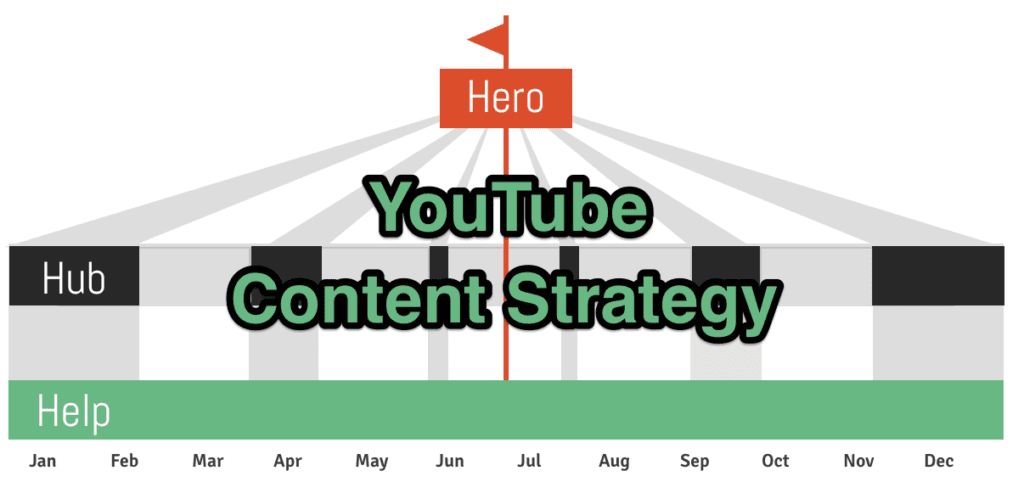
Oops! Something went wrong while submitting the form.

Boston Dynamics' dancing robots are going viral all over the Internet. But is it possible to commercialize robots with current video strategy?

Boston Dynamics is a robotics manufacturing company that started at MIT (Massachusetts Institute of Technology) in 1992. The company is best known for its human- and dog-like robots that move better than some of us 😅.Since its founding, Boston Dynamics has heavily invested in research and development to build robots for various industrial and commercial use cases. Despite this emphasis on research, the company has experienced a turbulent history, with little success in commercializing its products.After a 2013 acquisition by Google X, a resale in 2017 to SoftBank, and in December 2020 to Hyundai, Boston Dynamics is under considerable pressure to produce commercially viable products.How are they going to do?
We’ve looked at different social media platforms that Boston Dynamics has, and the strategy that the company follows looks more or less the same across several channels. For example, content on LinkedIn, Twitter, and Facebook is just copied for all three social media platforms.On the other hand, Instagram and YouTube are different. At the moment, YouTube is the most exciting channel based on content uploaded there and the engagement that this content creates.
The first video to YouTube ismore than ten years old. It’s a clip that shows how a quadruped robot called "BigDog" was able to keep its balance after being kicked. It might look terrifying for some people, but the fact is — they've certainly attracted an audience and more than 2.4 million subscribers on YouTube over the past years.
Their latest hit (more than 29 million views!) is a video of a humanoid robot called Atlas dancing to the “Do you love me” song by The Contours. Current videos can be perfect examples of what’s called the “Hero” content.

Hero videos are your big productions – getting your brand out to a broad audience, showing it off. They’re driving increased discovery and awareness.Less frequent than other types, hero videos focus on major brand events. For example:
Sometimes called “tent-pole” content, they create boosts of activity. These videos draw audiences to your YouTube channel and other videos. In short, hero content creates excitement, inspiring audiences to find out more. They turn your brand message into an experience, share your values, and make you memorable.Surprisingly, it wasn’t planned this way from the beginning for Boston Dynamics. Here is what Marc Raibert, chairman of Boston Dynamics, says:
“At the beginning, we had no idea...' A couple of early videos kind of leaked onto YouTube. And we saw that our customers and sponsors had a very strong positive response. And so we decided, well, we'll put out more.”
Marc Raibert points that the main goal was to show what the robot is doing. But what is the next step? How can Boston Dynamics commercialize their robots?
Boston Dynamics began leasing out its Spot robots back in September, and since then, the robots have been used to patrol oil rigs, assist law enforcement, and help on construction sites.One of the projects the Boston Dynamics team has been working is Dr. Spot which was is already tested in Brigham and Women's Hospital in Boston.The current capabilities include:
The team has gotten a lot of inbound inquiries about Dr. Spot. Although no other hospitals are trying new robots, Michael and his team are in conversations with many potential users.
Marc Raibert and the team believe that in the long run, robots will be in people's homes helping to take care of elderly relatives who now require outsiders to come in and help them do routine things like clean up or empty the dishwasher.Humanoid robot Atlas is already doing gymnastics and other kinds of athletic activity. Those projects have a very long, long-term focus on building a competent set of skills and abilities that could be used for that.Undoubtedly, it will be some time before we see robots in our homes, mostly because people are still smarter than robots.
It's clear that Boston Dynamics has a plan of commercializing its robots in the future. But is it possible to succeed on YouTube only with the Hero content that they are currently producing? It is, but it’s mostly and always compelling. A thorough video content strategy should always combine hero videos with “help” and “hub” content.
Help content is the foundation of your content strategy.With help content, aka hygiene content, the aim is to be helpful and clear. Give answers to frequent YouTube and Google search queries and FAQs from existing or potential customers.Popular formats include:
By meeting customers’ needs, you’re establishing the market authority of your brand. With that in mind, the focus is on issues, problems, and queries that you can give answers to. While your branding will be present, attention is mainly on audience interests.Tools like Google and YouTube Trends will be your go-to for content generation. A powerful extra resource for generating ideas will often be your customer services and sales team—tap into their insights and direct customer interaction.High-volume help queries often stay relevant over the longer-term, keeping visitors coming. Building a database of help content on your YouTube channel is a great way to gain sustained viewership. Get it right, and you’ll see your subscriber count consistently increasing.
This is the content that builds an ongoing conversation and keeps your audience coming back.These videos don’t need to be big-budget, perfect productions. They need to boost your brand image, giving insight into you and what you do.Consistency is the key here. In scheduling, imagery, language, format, and branding. This can include:
Hub content is often released in regular intervals: once a week or month, in a series’s style. Support this with active, sustained promotion through social media channels and newsletters. Adding incentivized sharing gives engagement an extra boost.High-performing examples include vlogs, interviews, collaborations, and product USP promotion when it comes to format. Whatever the format you choose, use hub content to show your brand’s relevance to audience interests and values. And don’t forget those calls to action!
To sum up, every video marketing strategy on YouTube should cover three types of content:
If you want to grow your brand on YouTube, make sure to check out our YouTube marketing guide for business here.
.png)